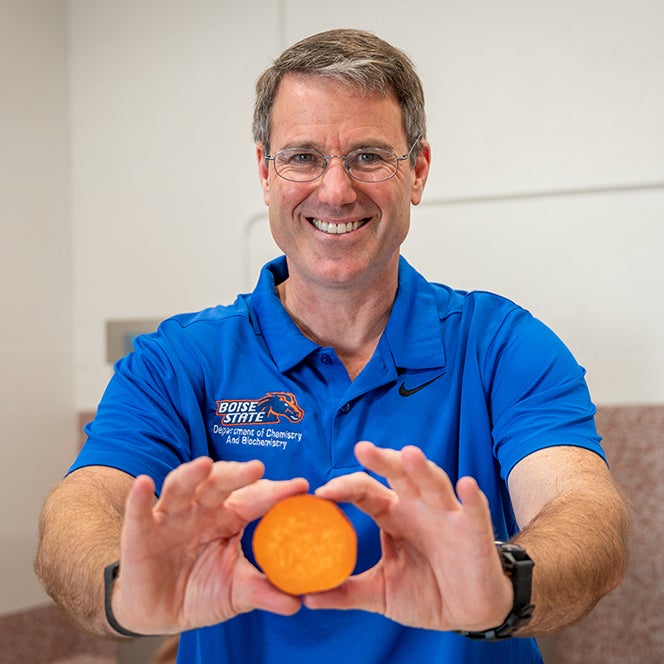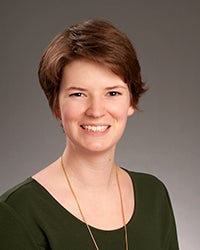“To me, a story really sings when it shows the scientists’ emotions.”
Nicholas St. Fleur, The New York Times science reporter
From the peak of an active volcano to the center of a theater stage, everywhere you look Boise State students and faculty are changing the region and the world through research, scholarship and creative activities. However, communicating the value and importance of these ventures to a non-academic audience can be a challenge. Here are some tips, tricks and resources to help you get started.
Tip 1: You are (the most important) part of your research

“Why do you write poetry about American culture?” “Why do you research mesenchymal stem cells?” “Why do you study gyrfalcons in Alaska?” “Why do you create sculptures from recycled media?”
At the center of all of these questions is “You.” The audience is looking to you to relate to, to explain why your research and creative scholarship is valuable, and in what way. Seek opportunities to tell the story of:
- why you got into your field,
- what you have discovered about yourself in your work,
- what excites you about your work,
- what challenges you,
- what you hope to do in the future, et cetera.
A reader may not understand the complex science of studying Alzheimer’s, but, they can understand and empathize with another human being who feels driven to cure a painful disease that negatively impacts billions.
Tip 2: Impact is Key
When faced with covering a possible research or creative scholarship story, members of the media will first need to know the answer to one question: “why does it matter?” To answer this question, focus on how your scholarship might be used. Perhaps it will answer a long-debated question, or challenge perspectives, or impact future policies. Being able to explain how your scholarship will impact people, places, or your field of study is a ‘must.’ Your campus Research Communicator is always happy to help: briannephillips@boisestate.edu.
Tip 3: Create the right story for the right audience
When a non-scientist or non-researcher reads an article in a scientific journal, they usually only read two parts: the abstract, and the conclusion. Why? Because these sections most succinctly explain the point and the outcome of the research, and often discard jargon in favor of accessibility. Your storytelling must do the same.
What comprehension level do science communicators generally aim for? High school students. This is a level with at least a general education in most fields, and little specialized subject knowledge.
Tip 4: Embrace Sensory Imagery, Metaphor and Analogy
To non-scientists, research can seem a mysterious world of test-tubes, microscopes, and wizardry. By using the five senses, metaphor, and imagery in your storytelling, you can help the audience to embrace what you are speaking about. Consider parts of your research that you can explain by comparing them to a common or relatable experience. While it might feel uncomfortable as a scientist to describe your work in anything less than journal-ready terms, it’s an important exercise to communicate your research to a lay audience. Then, test out these metaphors and analogies on your friends and family and gauge their reactions.
“I once went to a researcher’s office feeling anxious that I wouldn’t be able to understand their work. I began the interview, and they asked me ‘Have you ever watched rain fall on a waxed car? That’s what it’s like when quantum dots form.’ Suddenly I wasn’t afraid anymore, because I could see it.”
Brianne Phillips, Research Communications Specialist
Tip 5: Get assistance from your friendly campus science communicator
- Also, read this excellent New York Times research article about dinosaurs by Nicholas St Fleur, where he breaks down his science communications process.

